Understanding the capabilities and limitations of the main groups of fire and gas sensors makes it possible to create a system greater than the sum of its parts
Petroleum refinery and petrochemical plant personnel expend a great deal of effort designing safety systems to protect from potential hazards caused by toxic, flammable and explosive products. This is understandable and reassuring given the processes often involve heating hydrocarbons near and past autoignition temperatures. Any loss of containment can cause fatalities, plant damage and environmental impact.
Often those working at such a plant might think that once processing is finished and products are ready to ship, they are somehow more benign and much of the danger has passed. This is a problematic thought, because finished products are still dangerous and safety systems at the end of the production chain are just as important as those in the middle.
Tank farms store flammable products as conventional liquids, such as gasoline or diesel fuel, and pressurized liquified gases, such as propane. These products must be eventually transferred to end users, via a pipeline to another nearby plant, or to tanker trucks or railway cars. This article examines the basic makeup of fire and gas safety systems and how they should be applied to these storage and transfer areas.
Lines of defense
Fire and gas systems, as the name implies, are concerned with two things: gas releases, including flammable vapors from liquids; and possible fires if these gases are ignited. These incidents usually happen after all other safety systems have failed, or in an otherwise unprotected area. The plant’s distributed control system is designed to keep production units stable, avoiding hazardous incidents altogether. If a potentially hazardous situation is created due to a process upset or equipment failure, the safety instrumented system (SIS) is designed to shut things down and bring the unit or a tank filling operation to a safe state without any spill or other loss of containment.
If the situation is beyond what the SIS can deal with, a release of flammable liquid or gas might occur. Gas systems might also contain toxic gases, such as hydrogen sulfide, but for finished products, these have likely been removed already. Flammability is the more immediate concern. Gasoline spilling onto the ground becomes vapor and escaping propane is gaseous. Gas detectors look for these and other hazardous gases, hopefully before each finds an ignition source and reports results. If fires do break out, flame detectors respond as quickly as possible so alarms can be activated, and so suppression systems can act appropriately.
Four main detector types
Fire and gas systems depend on four basic types of detectors, each designed to perform a specific type of task. Together, they complement each other to provide thorough, overlapping detection coverage.
Ultrasonic gas leak detectors listen for the characteristic sounds made by pressurized gas leaks in frequencies above audible range (Figure 1). Using multiple directional detectors, these instruments can respond to these specific sounds very quickly and pinpoint the source. Response can be immediate, as there is no need to wait until enough gas has escaped to reach a threshold concentration. These are commonly deployed in areas where compressed gases are handled and stored in pressurized tanks.
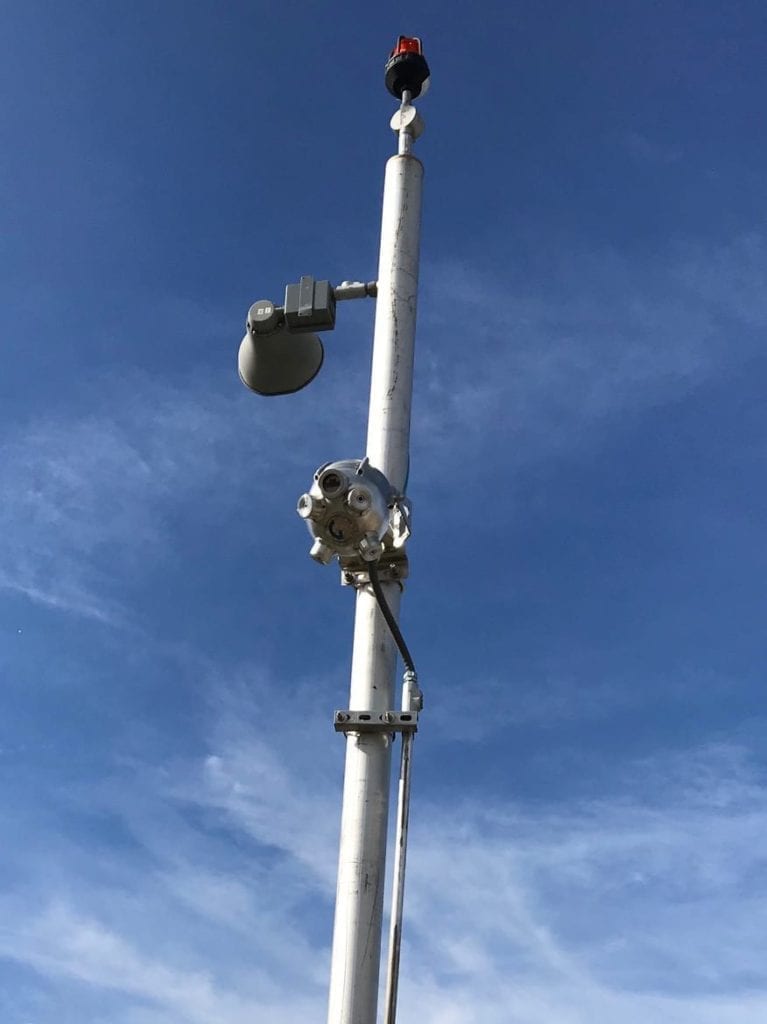
Figure 1. An ultrasonic gas leak detector, such as this one, can capture the sound of a compressed gas leak, and using its directional sensors, help pinpoint the source
Fixed point combustible gas detectors use one of two sensor technologies. Catalyst bead sensors facilitate an internal chemical reaction in the presence of a variety of gases, both hydrocarbon- and nonhydrocarbon-based (Figure 2). Infrared sensors respond to the specific light wavelengths absorbed by the flammable gas. Both technologies depend on a cloud of gas drifting to the individual sensor with sufficient concentration to be detected. Fixed point detectors are usually deployed where there is a concentration of equipment and therefore multiple potential release points. Since ambient air movement affects where a cloud might drift, multiple units are typically distributed around target areas.
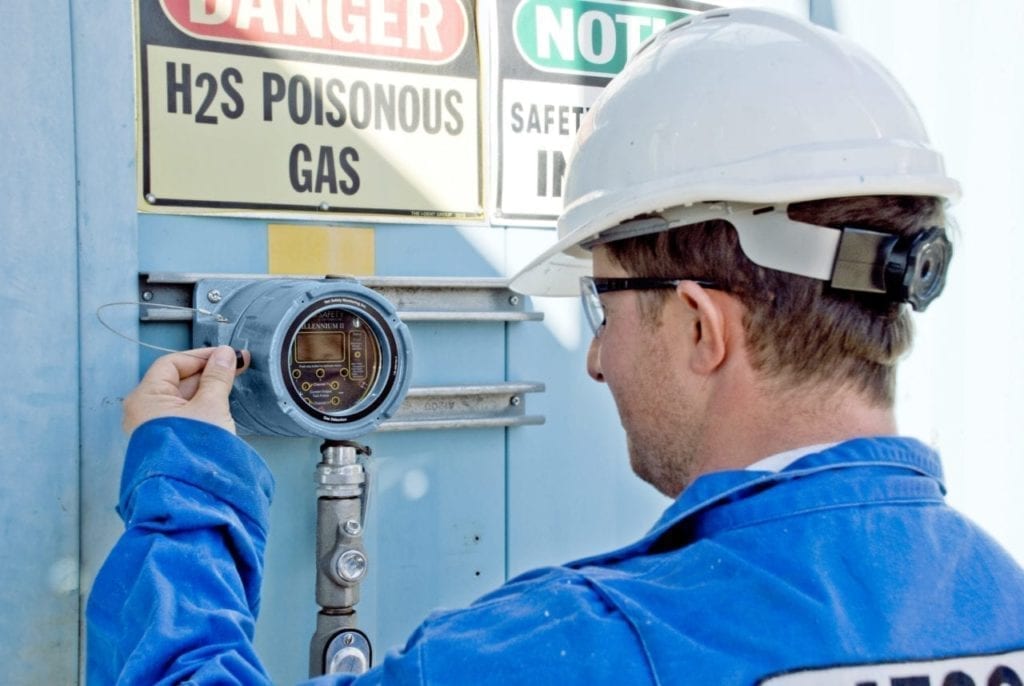
Figure 2. This type of fixed-point combustible gas detector can detect a wide variety of flammable gas types with percentage of lowest explosive level measurement
Open path combustible gas detectors send a light beam from a transmitter to a receiver (Figure 3) to detect combustible gases moving through the beam. These cover a wider area, at least in one direction, than a fixed-point detector and are therefore deployed like a fence around the perimeter of equipment and tank clusters. They also are subject to ambient air movement issues, so most facilities deploy multiple units.
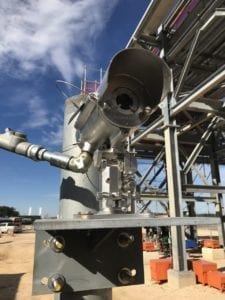
Figure 3. An open path combustible gas detector can detect a cloud of gas moving through its beam, even if it has diffused to a relatively low concentration
Flame detectors are the next level of protection since they detect a fire in progress (Figure 4). Flame detectors are designed to detect very specific wavelengths of light created by hydrogen- and carbon-based combustion. They are deployed like surveillance cameras, often positioned above critical equipment looking down to get a minimally obstructed view at a specific area of coverage.
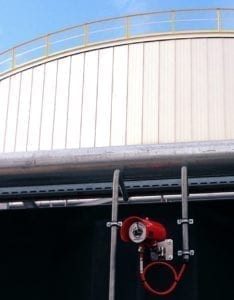
Figure 4. Flame detectors look for radiation in specific wavelengths emitted by hydrogen- and carbon-based combustion
To provide comprehensive coverage, most sites use all four types of detectors since their strengths and weaknesses overlap.
From detector to system
Since these detectors perform safety instrumented functions, they must have the ability to act independently to carry out their primary task: shutdown a pump, close a valve, sound an alarm, trigger a suppression system, or activate a similar defensive mechanism. This is in association with a safety logic solver and final control element to execute this primary task within a context governed by safety standards such as NFPA 72, FM 3010, and UL 864. All these individual functions can be tied together via a larger alarm and incident management system to facilitate more comprehensive responses. If one type of release is detected, it may be necessary to take actions beyond the control of the immediate detector.
Consequently, each detector must be considered on its own, but also within the larger context. A large facility can have dozens or hundreds of detectors, and placement of each unit has to reflect its particular function and how it fits into the larger strategy. Today’s detectors are sophisticated instruments capable of performing internal diagnostics and can send information in addition to a heartbeat and primary variable via a digital communication link, such as HART.
Let’s look at two typical applications to see how fire and gas systems use the four detector types to the greatest advantage.
Protecting tank farms
Most plants have storage areas with tanks to hold product inventory to smooth out imbalances between production and delivery. These can be many sizes and shapes and hold from a few thousand to millions of gallons. Most liquids are in cylindrical tanks with fixed or floating roofs, whereas pressurized products, like propane, are commonly stored in spherical tanks. Tank farms have been the site of some catastrophic fires due to overfilling, piping failures, or operators opening an incorrect valve.
A comprehensive protection system should have detectors of all types (Figure 5) deployed according to a larger protective strategy.
Different types of detectors provide comprehensive protection:
Pressurized tank groups should have ultrasonic detectors in strategic positions to listen for leaks.
Liquid and pressurized tanks can be surrounded by “fences” using open path detectors spanning the spaces between tanks. These should be close to ground level since most hydrocarbon vapors and propane are heavier than air and tend to sink. Liquids escaping during overfilling incidents typically run out of vents, down the sides, and accumulate inside the tank spill barrier berms.
Valve and piping clusters represent multiple hazards in a small space. Fixed point detectors located near the ground can spot these types of releases quickly.
All the spaces around and between tanks should be covered by flame detectors, with overlapping views as necessary to avoid blind spots.
Liquids and pressurized liquified gases, which are not shipped out via pipeline, must be transferred to some type of vehicle capable of safe transport. For most locations, this involves tanker trucks and rail tank cars (Figure 6), but if there is a waterfront area, it may also include tanker ships and barges. There must be pipes from every type of storage tank to deliver products to specific areas, so these can be very complex sites with many valves and pumps in a small area.
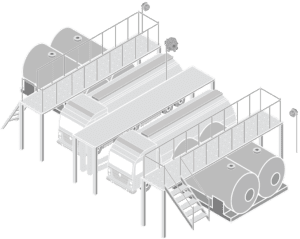
Figure 6. Loading racks can benefit from the implementation of ultrasonic gas leak detection technology as well as flame detection methods
Product transfers must be handled carefully, as there is always the potential for spills and releases. Transfer equipment — such as hoses, fittings, and connectors — are all designed with closure mechanisms to avoid spills and vapor loss. Loading racks also have safety devices to avoid sending product out of an open pipe, but these can malfunction. Moreover, while personnel may take great efforts to make sure the loading equipment works as designed, there is always the potential for a consignee’s truck or tank car to be in less than optimal condition.
Loading rack areas are busy places and have to be organized carefully to ensure the right product in the appropriate amount gets into the correct vehicle as quickly as possible. A given truck needs to pull into the assigned loading bay or a string of rail cars has to be on the correct siding. Each vehicle must load and move on to allow the next consignee to pull into place with minimal wait times. With vehicles moving in and out, it is important to apply a safety strategy that can deal with this level of activity and overall complexity.
The amount of movement and concentration of equipment in a small area makes for a different set of detector placement challenges.
Ultrasonic detectors should be located near bays capable of loading pressurized liquified gases. Since these monitor specific ultrasonic frequencies, they can still function even in areas where vehicle engine noise is common.
Since loading equipment and its supporting piping is packed into tight areas, fixed point detectors can serve effectively. Multiple units will be necessary, but careful placement can minimize the required quantity.
Placement for open path detectors is trickier in this type of environment due to the frequent vehicle movement which can cause obstructions, but detector beams can be aimed parallel to paths to supplement coverage.
The concentration of transfer equipment, vehicles, and flammable products in a small space makes effective flame detection all the more critical. Leaking product may find an ignition source very quickly, perhaps almost instantly, possibly before the flammable gas or vapor can be detected. Flame detectors must be positioned carefully since there is high potential for fire to erupt between vehicles where sightlines are difficult.
Final thoughts
Storage and transfer points are critical to the petroleum and petrochemical supply chain. The hazardous nature of these products and the potential for truly disastrous incidents due to leaks or other loss of containment calls for well-trained and vigilant operators working with carefully designed and implemented safety systems.
Fire and gas systems protect these facilities by reducing the effects and consequences of incidents, so they must be highly reliable. The disruption to a facility caused by a product release of any size, much less a fire, can be very significant and costly. System hardware and software, even at the individual device level, must be certified under performance standards for maximum availability.
Smart detectors, with ready access to configuration and diagnostic information through HART, reduce the need for custom programming and testing, which in turn leads to faster implementations and reduced maintenance costs.
Edited by Dorothy Lozowski
Author
Nick Pinto (Email: [email protected]) is the global product manager for Rosemount flame and gas products at Emerson Automation Solutions. He has eight years of experience in flame and gas detection, both on the sales and the product development sides of the industry. He holds a B.S. degree from the University of Houston and a Masters of Industrial Distribution degree from Texas A&M University.

